What you experience is a "symbol look up" issue.
The symbol "Timer" is already defined in module Foundation.
Now, in fact one can define a language artefact in a module with a symbol which is already used in another module, without conflicts.
There's only one catch: in oder to find the definition of a certain symbol, the compiler needs to "look it up". This can sometimes be ambiguous, in which case you get a compiler error. In your case, the statement
let timer = Timer.publish(every: 1, on: .main, in: .common) .autoconnect()
within a struct "Timer" lets the compiler find the symbol "Timer" from the struct, but not the symbol "Timer" from module "Foundation". So, the compiler gets "confused" and emits an error.
Now, it's entirely possible to use the name "Timer" in your module – you just need to give the compiler a hint where to start the search. So, this can be achieved by giving the compiler (fully) qualified name for the symbol "Timer" in module "Foundation", i.e., you need to prefix the symbol with the module name:
let timer = Foundation.Timer.publish(every: 1, on: .main, in: .common) .autoconnect()
You can extend this concept to local symbols as well, and create a "name space" for your symbols. For the sake of demonstration, below a brief example:
import Foundation
enum TimerFeature {}
extension TimerFeature {
struct Timer {
let every: TimeInterval
let timer = Foundation.Timer // needs qualified name!
.publish(
every: every,
on: .main,
in: .common
)
.autoconnect()
}
}
Then, you can use your Timer with a fully qualified name to disambiguate the symbol look up for symbol "Timer":
import Foundation
// your Timer:
let myTimer = TimerFeature.Timer(every: 1)
// Foundation Timer:
let foundationTimer = Timer.publish(
every: 1,
on: .main,
in: .common
).autoconnect()

